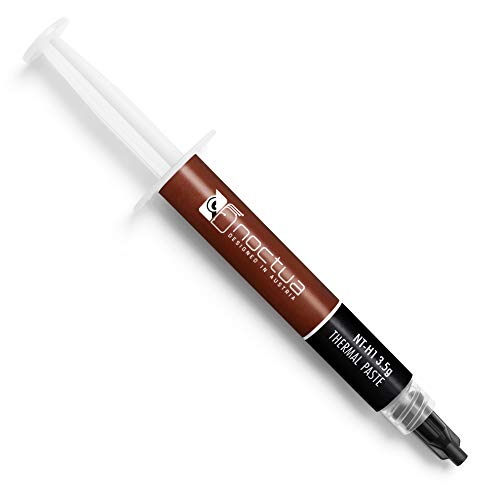Understanding RTX Graphics Cards: What They Are and Why They Matter
What is an RTX Graphics Card?
RTX graphics cards are advanced GPUs developed by NVIDIA, designed primarily to enhance gaming experiences, video editing, and other graphic-intensive tasks. These cards leverage cutting-edge technology to deliver stunning visuals, smoother frame rates, and immersive environments that are pivotal in today’s digital landscapes. Essentially, they allow our computers to render high-quality graphics more efficiently, providing a noticeable upgrade over standard graphics cards.
The Significance of RTX Technology
The significance of RTX technology lies in its ability to produce real-time ray tracing, which simulates how light interacts with objects in a fully three-dimensional space. This results in incredibly realistic reflections, shadows, and lighting effects that enhance the atmosphere of the gaming and creative experiences. Not only do they improve visual fidelity, but they also utilise artificial intelligence to boost performance, making this technology highly relevant for users who value both performance and quality.
Key Features to Look For: Performance, Memory, and Cooling Solutions
Performance Considerations
When selecting an RTX graphics card, performance is paramount. This refers to the card’s processing power, which directly affects how well it can handle demanding games or software. High-performance cards typically have more CUDA cores, which are essential for parallel processing tasks. The higher these numbers, the better the card performs under pressure, particularly in graphically intensive scenarios.
Memory Specs
The memory of a graphics card is equally important. RTX cards boast a range of memory capacities, typically starting from 4GB and going all the way up to 24GB for the high-end models. More memory means the card can handle larger textures and more complex scenes without slowing down. For gaming at high resolutions or working with extensive video files, we recommend looking for cards with at least 8GB of VRAM.
Cooling Solutions
Cooling solutions are crucial as high-performance graphics cards generate a lot of heat. Most RTX cards come equipped with dedicated cooling systems, often featuring multiple fans or advanced cooling technologies to maintain optimal temperatures. When choosing your card, it’s wise to pay attention to the cooling design; a well-cooled card not only performs better but also lasts longer. Look for features like large heatsinks and efficient fan designs to ensure effective heat dissipation.
Choosing the Right RTX Graphics Card for Your Needs: Gaming, Content Creation, or General Use
Choosing for Gaming
For gaming enthusiasts, prioritising frame rates and graphical fidelity is essential. High-end RTX cards, such as the RTX 3080 or 3090, will allow us to play the latest games at ultra settings, providing a smooth and enjoyable experience even in demanding titles. Generally, if we aim for the best gaming performance, opting for higher tier models is the best approach.
Selecting for Content Creation
If our primary use is content creation, such as video editing or 3D rendering, we should consider the balance between performance and memory. While high frame rates are beneficial, having more VRAM helps process larger projects more efficiently. Cards like the RTX 3060 and 3070 can provide excellent value for creators who need both power and efficiency.
General Use Scenarios
For general use, including casual gaming and everyday tasks, mid-range RTX cards are often sufficient. These cards manage to deliver good performance without the need for the extravagances of high-end models, making them perfect for users who may not engage in demanding tasks frequently. Models like the RTX 3050 can handle a variety of tasks while remaining budget-friendly.
Budget Considerations: How to Find the Best Value for Your Money
Assessing Your Budget
Budget is a significant factor when purchasing an RTX graphics card. It’s important to establish how much we’re willing to spend upfront while also considering the potential for future upgrades. Understanding the difference in pricing across the various models can help us determine where our priorities lie, enabling us to choose a card that meets our needs without breaking the bank.
Evaluating Performance vs. Price
When assessing performance relative to price, we should look closely at the specifications of the cards within our budget. Often, there is a sweet spot where performance gets significantly better without a massive price jump. For example, a slightly older but powerful model might provide better value for money than the very latest release.
Used vs. New Options
Considering both new and used options could also offer savings in our pursuit of the ideal card. Used cards, while potentially risky, can present fantastic value if thoroughly vetted for performance and condition. Engaging in thorough research will help us find reliable options that can effectively meet our needs without stretching our budget too far.
Future-Proofing Your Setup: What to Expect from RTX Technology
Anticipated Technology Progressions
As technology evolves, RTX graphics cards will continue to improve, incorporating new features that enhance graphics performance. For instance, the future development of ray tracing and AI-based enhancements will become more robust, meaning the cards we purchase today may serve well in the upcoming gaming generations.
Versatility in Applications
Moreover, the versatility of RTX cards means they are likely to remain relevant for a considerable time. Numerous applications outside gaming, such as AI processing and machine learning, are starting to utilise GPU capabilities more than ever. Choosing an RTX card not only supports current gaming and creative applications but also leans into the future of technological advancements.
Planning for Future Upgrades
Lastly, when we consider future-proofing, we should also think about the compatibility and scalability of our entire system. A good RTX card should fit seamlessly within our current setup while being capable of pairing with newer components as they become available, ensuring that our investments remain sound for years to come.


























